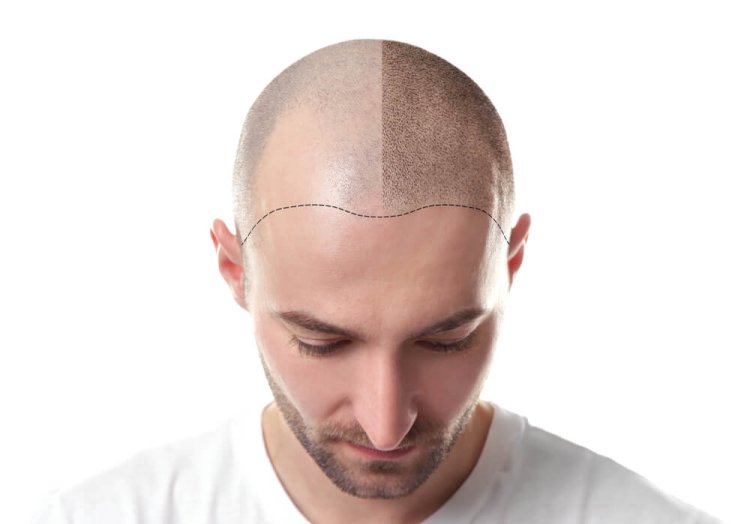5 Points You Should Know About Hair Transplant
Get to know the reasons for hair transplant . Get a full head of hair. Be confident and live relaxed without apprehensions

How To Make The Most Of A Hair Transplant?
When you are contemplating a solution for hair loss, take into consideration these 5 basic points regarding hair transplant
Point 1:
In the actual transplant procedure, the hair from the side and back of the scalp is extracted which is DHT resistant and transplanted to the bald areas. You need to know the specialized vocabulary used as a part of the hair transplant information:
Hair density- this relates to the number of hair follicles per square centimeter of scalp.
Scalp laxity- this regards to how tight or lose the scalp is. It is easier to extract hair when the scalp is flexible and loose.
Donor sites or stable sites- hair supply for transplantation from areas not affected by DHT
Point 2:
In most cases, you must understand that hair transplantation is a procedure that works for men and not women whatever information you read. This is because of the marked difference between male and female hair loss. As men suffer from the infamous MPB (male pattern baldness) resulting in a horseshoe pattern of hair around the sides and back of the head, women, on the other hand, suffer diffuse hair loss that is generally thinning of the hair all over the scalp.
Unlike men who experience a receding hairline, the front hairline in women is mostly unaffected. No matter where it is on the scalp, it can be affected by DHT. When the hair at the donor site is affected by DHT, it can easily fall out once it is transplanted to another area.
However, in men, the DHT resistant areas on the back and sides of the scalp make them stable areas providing hair for successful transplantation.
Point 3:
As it offers the best overage, coarse hair or curly hair comes as the best option for hair transplantation. With candidates having fine or straight hair posing a challenge for the surgeon as it lies flat and close to the scalp, it provides minimal coverage.
People with high contrast between the color of the hair and the skin is another challenge faced by the surgeon. Persons coming with dark skin and dark hair or those with blonde, light-colored hair and fair skin can go for a more natural-looking hair transplant. In case of people not fitting into this criteria a highly qualified surgeon has to be found carefully to perform the procedure.
Point 4:
All those hair transplantations you come across concentrates on the mechanics of hair transplant procedure. Added to it is the emphasis on the mechanics of the transplant procedure, giving equal importance to the consideration of the art of hair transplantation.
With each individual, differences in the shape of the face, characteristic of the hairline, etc, are important factors to be taken care of. They are considered by a skilled surgeon before performing a transplant blending in with the natural contours as well as the shape of the client’s scalp, head, and face. The surgeon determines what is pleasing to the eye and what looks more unnatural and false. Getting to see the first-hand results on previous clients along with photographs of the clients who have had the surgeon perform the procedure will help you choose the right treatment.
Point 5:
Even though hair transplant costs vary widely, sources say the costs range according to the number of grafts required and the number of sessions needed to perform the grafts which have a great bearing on the total cost. A good surgeon can make sure you get the right treatment without having to burn a hole in your pocket. They can ensure you get the results quickly and effectively. Through thorough consultations, a prospective surgeon can give you an accurate picture of what the financial outlay is likely to be.
In Conclusion:
While hair transplantation varies widely, some procedures commonly practiced earlier are now not recommended at all. Even if some unscrupulous individuals may be recommending them, their unrealistic claims and false promises in the hope a client will readily pay to enhance the appearance is a crucial aspect of all transplantation stories.
Protecting yourself from misleading claims by questioning the source of the material should be considered while hair transplantation. Be sure of the personal agenda of the provider of the information that could slant the information.
Government agencies, licensed and approved authorities similar to the American Hair Loss Association are usually the best sources. By proceeding cautiously, analyzing carefully and evaluating the hair transplant information that you gather as well as making an informed decision for whether you are a good candidate for hair transplantation gives you the best treatment suited to your condition.
What's Your Reaction?





















